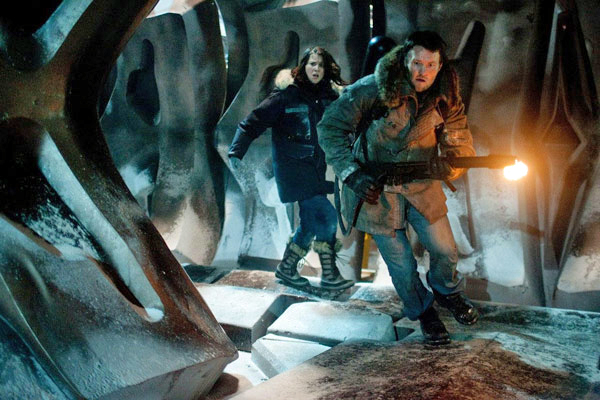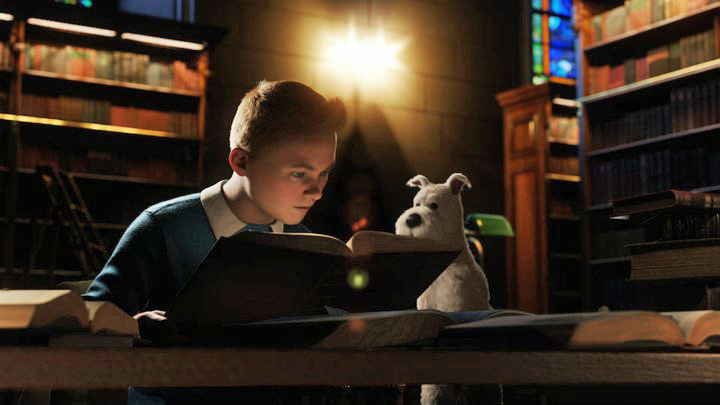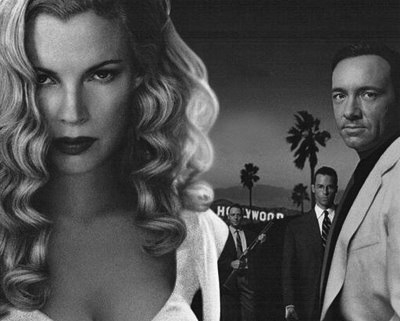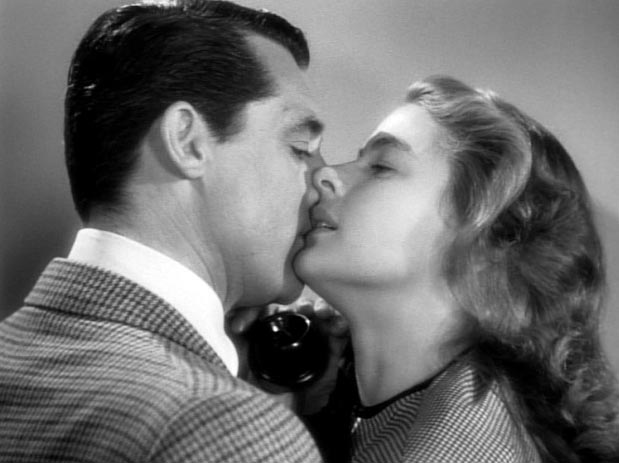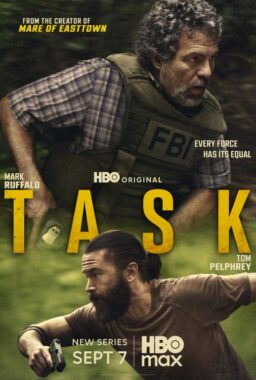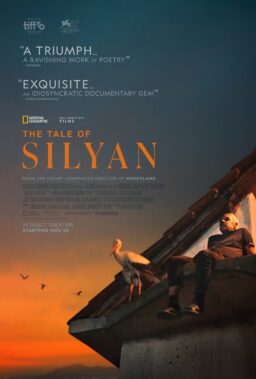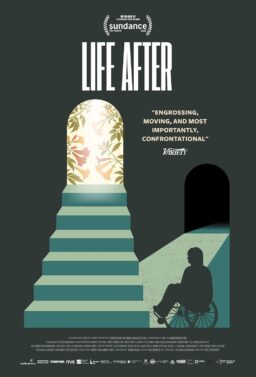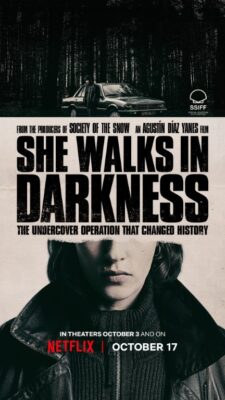Q. The Motion Picture Academy has named the 12 finalists for the best documentary category. Two of the titles jumped off the list for me: “The Story of the Weeping Camel” and “Touching the Void.” Since both of these films were fictionalized versions of their stories and employed actors to play many of the roles, how do they qualify as documentaries? Greg Nelson, Chicago
A. Bruce Davis, executive director of the Motion Picture Academy, replies: “The questions about the eligibility of ‘The Story of the Weeping Camel’ and ‘Touching the Void’ in this year’s feature documentary field are fair ones to ask, since both films contain substantial amounts of ‘re-created’ material. ‘Camel’ was the easier call.
“It’s not the kind of documentary usually seen these days, though, where events are captured on film as they actually happen. This is more of an ethnographic study; the filmmakers clearly observed life in a Mongol community in the Gobi Desert and then asked its inhabitants to re-create various aspects of their lives for the camera, imposing a wisp of a story on the material for structure.
“To say that ‘Camel’ isn’t a documentary would be to rule most of Robert Flaherty’s body of work (like ‘Nanook of the North’) outside the documentary pale, and most documentarians would be slow to do that.
“‘Void’ consists of pure documentary material — interviews with the participants in the ill-fated climb in the Peruvian Andes — intermixed with footage in which actors re-create parts of the adventure. At some point in a film of this kind, the ratio of staged to doc material becomes problematic (we wouldn’t have accepted ‘Reds’ as a documentary, for example), but after taking a careful look at ‘Void,’ our documentarians welcomed it into this year’s competition.”
Q. In “The Polar Express,” is the 113th and Edbrooke Ave. address in the movie actually that of Bob Zemeckis when he was a child? Albert R. Croarkin, Wilmington, Ill.
A. Zemeckis was born on the South Side of Chicago, where there is indeed an intersection of 113th and Edbrooke Avenue near Palmer Park in the Pullman district.
Q. You imply in your review of “National Treasure” that it was a ripoff of The Da Vinci Code. But “National Treasure” has been in development since 1999, a good four years before Brown’s book was published. So what is the true ripoff? Jack Brown, Grand Rapids, Mich.
A. Stories with similar themes often come up simultaneously in Hollywood, although by the time “National Treasure” was finally filming The Da Vinci Code was certainly a best-seller. Mainstream historians agree that both stories are balderdash, but I have received more than 200 emails accounting for the differences between the two movies, most of them convinced that one or the other, or both, are based on truth.
For example, Carmen M. Rodero-Scardelis of Redmond, Wash., whose husband is a 32nd degree Master Mason, writes: “There have to be similarities between The Da Vinci Code and ‘National Treasure,’ as both of them are based on Freemason stories and the Knights Templar, whose stories are centuries-old.”
She recommends two books to me and continues, “There are many versions of what the treasure was. The one that Dan Brown mentions is about Mary Magdalene carrying Jesus’ blood line and his descendents forming one of the royal lines of Europe. A totally different involves the physical treasures as mentioned in the ‘National Treasure’ movie, and perhaps the most credible one is that the Knights Templar found some secret under King Solomon’s temple and used it to blackmail the Catholic Church for many centuries, becoming the second richest organization in the world until they were successfully persecuted by king and pope in the 1300s.
“It appears that you are taking Brown’s book as an invention of his imagination, when in reality, it is based on one of the theories about the Knights Templar — a completely different one than ‘National Treasure’ is based on.”
Q. According to an article I read about Bollywood in the New York Times Magazine, you consider the Indian actress Aishwarya Rai, who stars in the forthcoming “Bride and Prejudice,” to be the world’s second most beautiful woman.
After seeing her film “Kyun! Ho Gaya Na,” I find it hard to argue with that assessment. The question is: Who’s your No. 1? Matt Sandler, New York, N.Y.
A. Aishwarya Rai is also the world’s first most beautiful woman.
Q. Re the Answer Man discussion about the claim in “Michael Moore Hates America” that Canada’s crime rates are twice as high as the United States. You questioned that figure in your review, but printed a letter from a reader who cited official statistics indicating that it is true.
Actually your original instinct was entirely correct. At http://www.statcan.gc.ca/start-debut-eng.html, the Canadian and American rates for 2001 are compared, and the American rates are more than double for violent crime. The rates of theft were similar in the two countries and the arson rate was 40 percent higher in Canada than in the United States.
I suspect that the erroneous information in the movie comes from the fact that the U.S. Bureau of Justice Statistics uses different methodology and definitions than Statistics Canada. As an example, in the article linked above, it is mentioned that the American definition of aggravated assault includes the Canadian crimes of attempted murder, assault with a weapon and aggravated assault. It is always dangerous to compare statistics from two different sources without delving into methodology and terms. Louise Malloch, Halifax, Nova Scotia
A. I received countless similar messages, including one from Kevin Beckett of Ottawa, Ontario, who studies the statistics as part of his job and says, “We have an apple s and oranges situation. The numbers reported by the U.S. Bureau of Justice Statistics are for rates per 1,000 ‘charged.’ The Statistics Canada rates quoted are for ‘incidents.’ Incidents in Canada refer to every instance where the police are called or notified, even if they then find no evidence or never lay charges.”
Q. You noted that when you saw “Seed of Chucky,” the film looked dim and murky because there was not enough light on the screen. I would like to clear up why many theaters have bulbs turned far too low and seem to be lacking ambition to fix the problem. Simply put, for the most part the projectionists don’t know any better.
As a theater manager of four years and a certified projector tech, I can assure you of this: Most individual theaters do not even have an actual projectionist on hand. Most of the time, they train managers and sometimes ushers. Outside of that, general maintenance is a complete mystery to them. They must rely on their appointed projector tech, who lives up to 50 miles away and is responsible for upwards of 20 to 25 theaters. Most of the time, these techs are under the misguided notion that turning the wattage down will somehow extend the life of the bulb (if it does, I have yet to see any improvement).
Blame the corporate mentality that says, “You don’t need to be fully trained, as long as people keep paying.” Mitch Ehrhardt, Norfolk, Va.
A. What amazes me is that audiences will sit like sheep through a movie with lousy projection. If the picture is not bright and sharp and a pleasure to watch, chances are the fault is in the projection booth. Although some scenes in some movies are intended to be dim or murky, the test is with the coming attractions, which are intended to look terrific.
In the past I have quoted projection expert Steve Kraus, who says there is no evidence that turning down the bulb lengthens its life. Theaters that charge in the region of $10 for admission owe it to their customers to show them a good-looking movie.
Now in bookstores! Roger Ebert’s Movie Yearbook 2005, with more than 650 recent reviews, Answer Man questions, festival reports, glossary entries and interviews.


